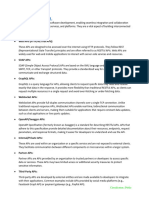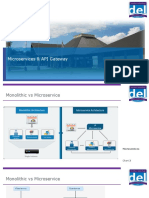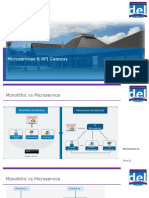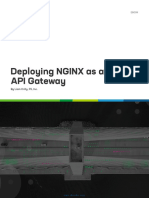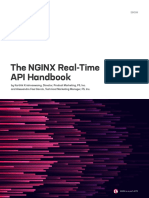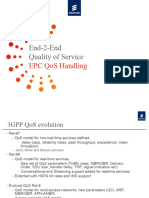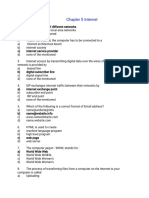0% found this document useful (0 votes)
7 views4 pagesAPI Gateway
An API Gateway serves as a single entry point for client requests in a microservices architecture, managing routing, authentication, and protocol translation. It simplifies client-server communication by aggregating responses from multiple services into one and reduces the number of network calls needed. The Backend for Frontend (BFF) pattern allows for tailored API responses for different client types, ensuring efficient data handling and minimizing over-fetching or under-fetching issues.
Uploaded by
kamsjyo91Copyright
© © All Rights Reserved
We take content rights seriously. If you suspect this is your content, claim it here.
Available Formats
Download as PDF, TXT or read online on Scribd
0% found this document useful (0 votes)
7 views4 pagesAPI Gateway
An API Gateway serves as a single entry point for client requests in a microservices architecture, managing routing, authentication, and protocol translation. It simplifies client-server communication by aggregating responses from multiple services into one and reduces the number of network calls needed. The Backend for Frontend (BFF) pattern allows for tailored API responses for different client types, ensuring efficient data handling and minimizing over-fetching or under-fetching issues.
Uploaded by
kamsjyo91Copyright
© © All Rights Reserved
We take content rights seriously. If you suspect this is your content, claim it here.
Available Formats
Download as PDF, TXT or read online on Scribd
/ 4


